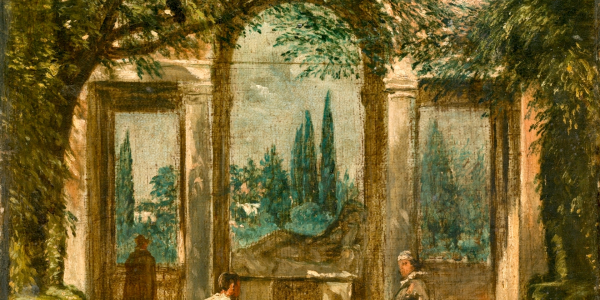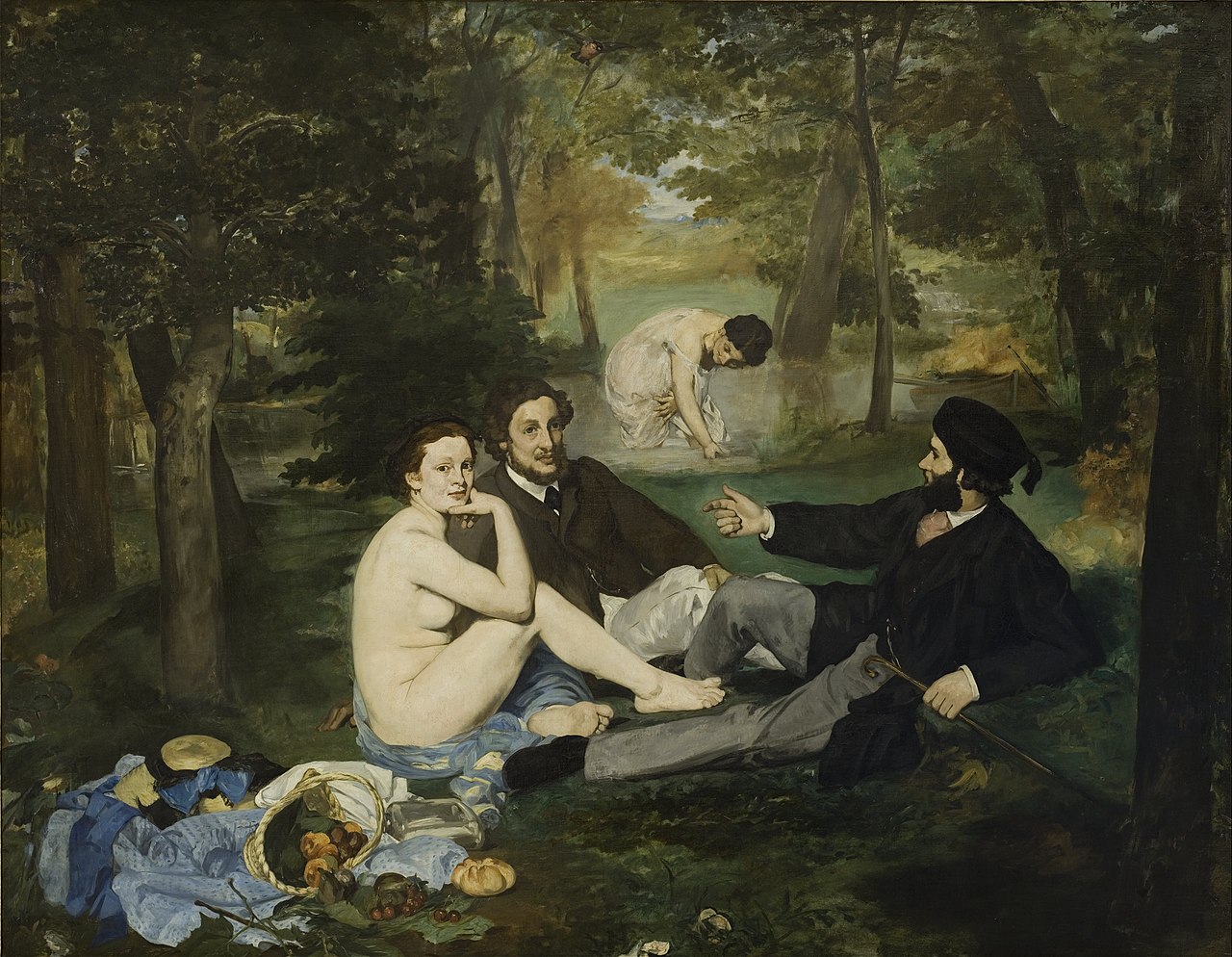
Did Impressionism actually begin in Spain?
Although many consider that impressionism was a radical break with tradition, the truth is that there were antecedents and precursors that paved the way for this movement. In this article, we are going to analyze two masterpieces housed in the Prado Museum that are considered to be the first impressionist paintings in history.
What is Impressionism?
Impressionism was an artistic movement that emerged in France in the late 19th century and was characterized by the attempt to capture the optical impression of light and color on objects, without concern for their identity or detail. Impressionist painters rejected academic principles, grand historical, mythological and religious subjects, and the study of drawing. Instead, they devoted themselves to painting outdoors, everyday scenes of urban and rural life, and natural landscapes, using loose, rapid and spontaneous brushstrokes, which formed patches of color that were best perceived from a distance.
Among the main representatives of impressionism were Claude Monet, Pierre-Auguste Renoir, Edgar Degas, Berthe Morisot, Alfred Sisley, Camille Pissarro and Paul Cézanne. Some of them were influenced by English landscape painters such as Joseph Mallord William Turner and John Constable, who had already explored the effects of light and color on the landscape. They were also inspired by the French painter Édouard Manet, who broke with academic conventions and shocked the public with his works such as Lunch on the Grass or Olympia.

Manet's Luncheon on the Grass.
Among the most outstanding technical characteristics of Impressionism, the following can be mentioned:
Use of pure and complementary colors: Impressionists did not mix colors on the palette, but applied them directly on the canvas in small brushstrokes. In this way they managed to create an effect of vibration and luminosity. In addition, they used complementary colors (the opposites in the chromatic circle) to create contrasts and shadows. For example, they used green to shade red, or violet to shade yellow.
Absence of chiaroscuro: Impressionists did not use chiaroscuro (the contrast between light and shadow) to create volume or depth. Instead, they used changes in color and tone to suggest the shape and distance of objects. Thus they avoided blacks and browns, which they considered dirty and dull colors.
Outdoor painting: The Impressionists preferred to paint outdoors, in direct contact with nature and natural light. To this end, they made use of the invention of oil paint tubes, which allowed them to easily transport their materials. In this way, they were able to capture the variations of light and color according to the time of day and the seasons of the year.
Representation of the instant: The Impressionists sought to capture the visual impression of the moment, without worrying about the fidelity or permanence of what was represented. For this reason, their works have a fleeting and unfinished appearance, reflecting the speed with which they worked. This is also why they chose everyday and ephemeral subjects, such as a sunset, a reflection in the water, a street scene or a popular dance.
Atmospheric perspective: The Impressionists used atmospheric perspective to create a sense of depth and remoteness. This technique consists of blurring the contours and reducing the contrast and saturation of colors as they move away from the foreground. This mimics the effect of the atmosphere on vision.
These are some of the technical characteristics of impressionism, a movement that revolutionized the history of art and paved the way for the avant-garde movements of the 20th century, but which other earlier works shared and explored.
Impressionism in Goya and Velázquez
The first is the View of the Garden of the Villa Medici in Rome, painted by Velázquez in 1630. It is one of the few landscape works of the Sevillian genius, which he painted during his second trip to Italy. In it, Velázquez shows an everyday and apparently simple scene, but it hides a great technical and conceptual complexity. The painter uses a loose and vibrant brushstroke, which captures the effects of light and air on the trees, flowers and human figures. The result is a work full of life and movement, anticipating the impressionists' interest in capturing visual and atmospheric sensations.

The second is the Bordeaux Milkmaid, painted by Goya in 1827. It is one of the Aragonese master's last oil paintings, which he made during his exile in France. In it, Goya portrays a young peasant girl carrying a jug of milk in her hand. The painter uses a very free and expressive style, which moves away from academic canons and seeks to convey the emotion and personality of the model. The result is a work full of strength and modernity, which inaugurates romanticism and influences the impressionists by its treatment of light, color and form.

These two works are just two examples of how art is a dynamic and continuous process, drawing on influences from the past and paving the way for the future. That's why visiting the Prado Museum is a unique opportunity to enjoy the beauty and history of art, and to discover the connections between different periods and styles.
If you want to learn more about other Impressionist works, we recommend "The Prado Museum Art Guide", our book about the museum that houses the largest amount of Impressionist work in the world, as well as a must-have art guide to discover and learn the essentials of the great works, artists and styles of the Musée d'Orsay, available on Amazon.
Buy it here: https://www.amazon.es/Prado-Art-Guide-essential-masterpieces/dp/8418943408

